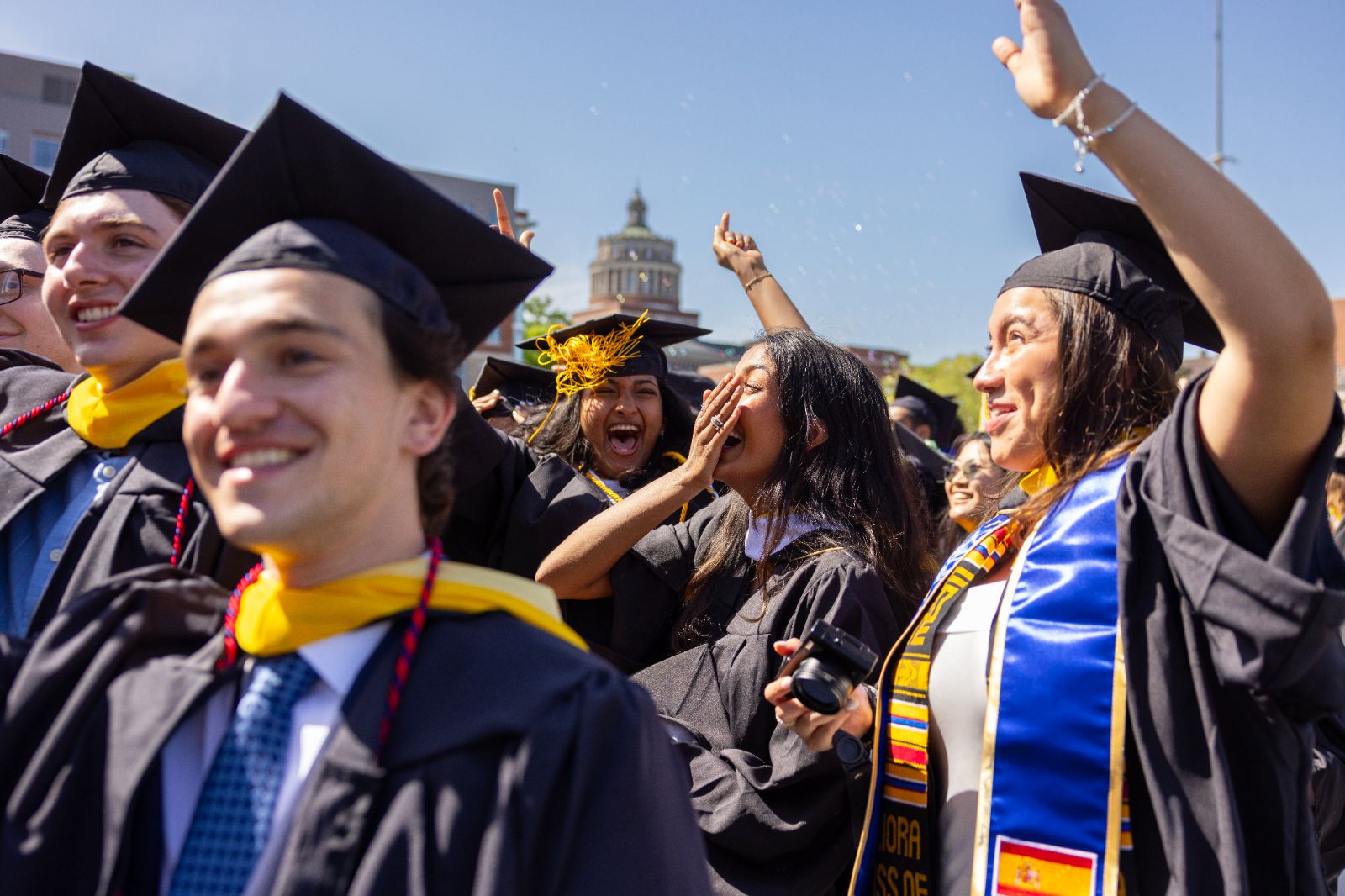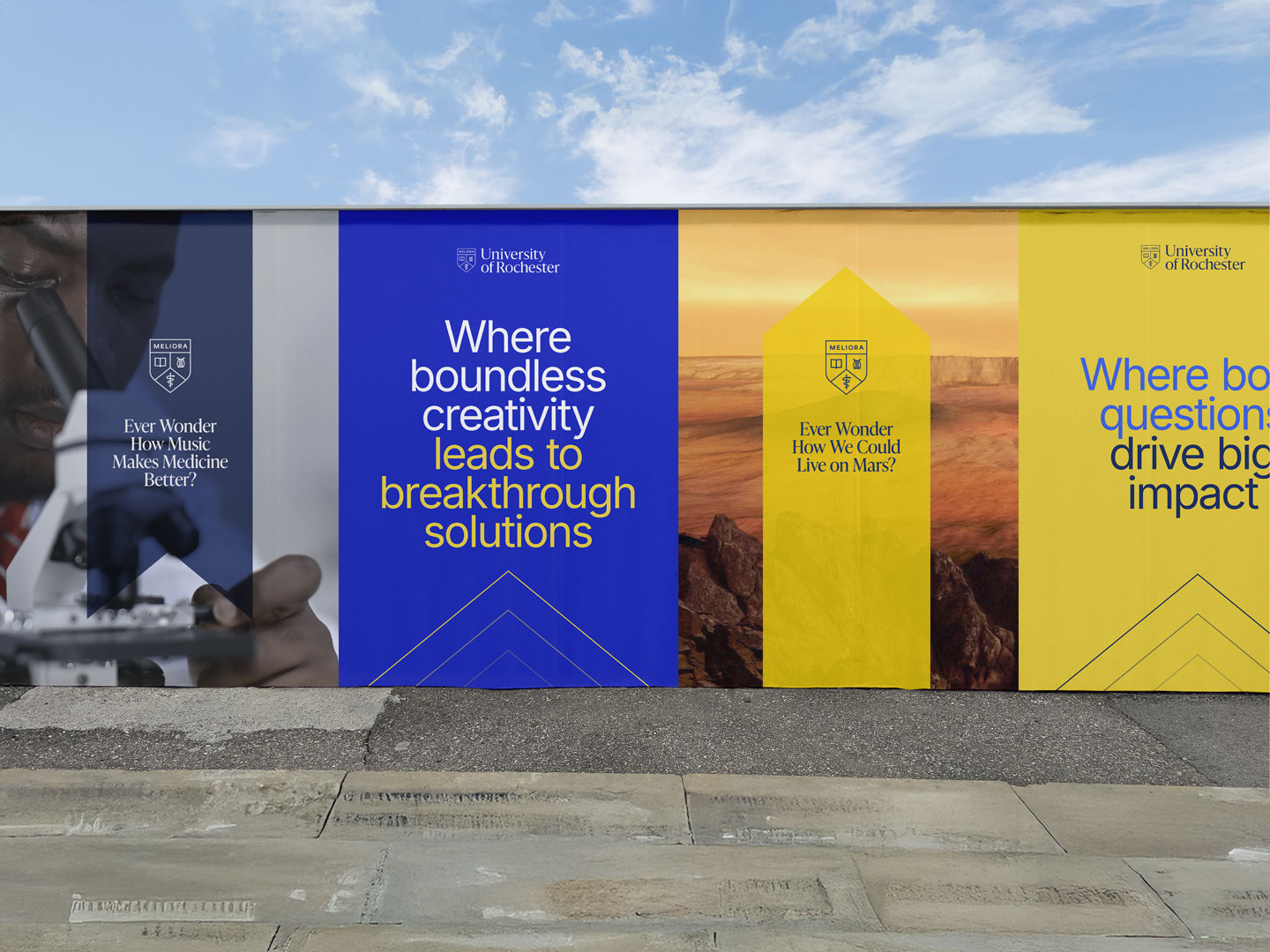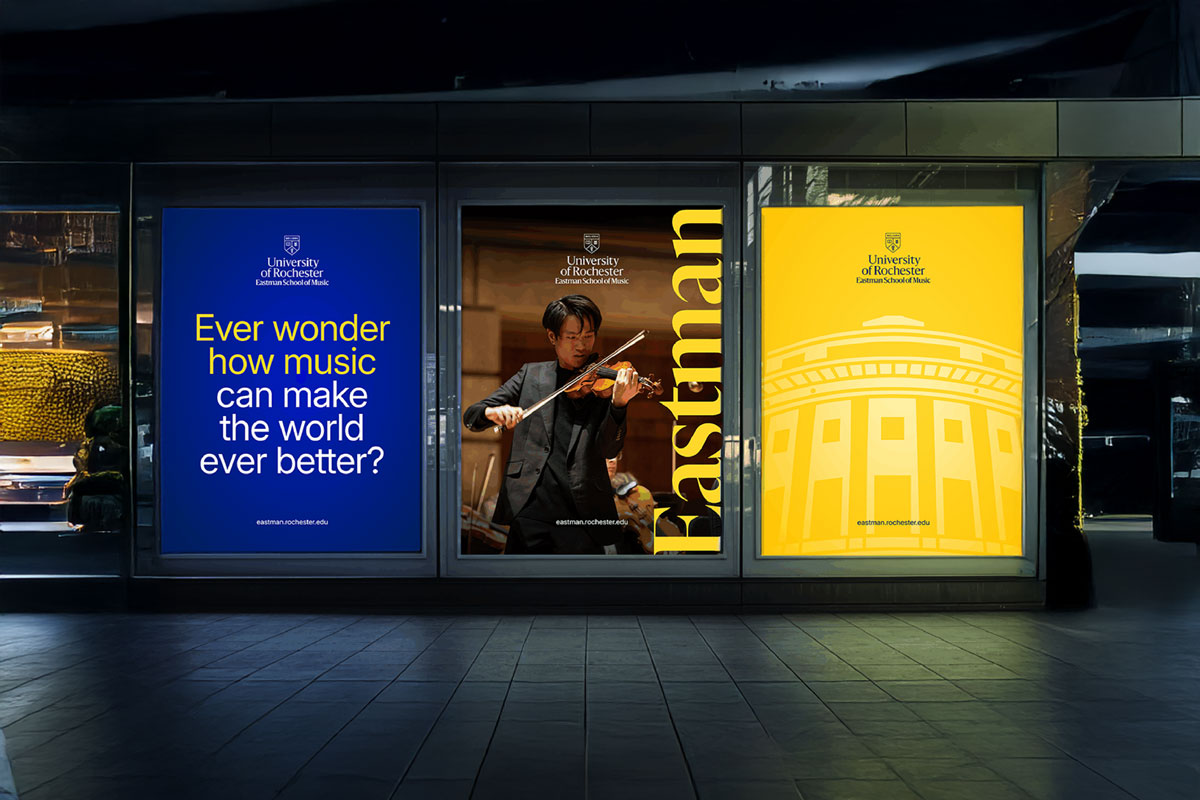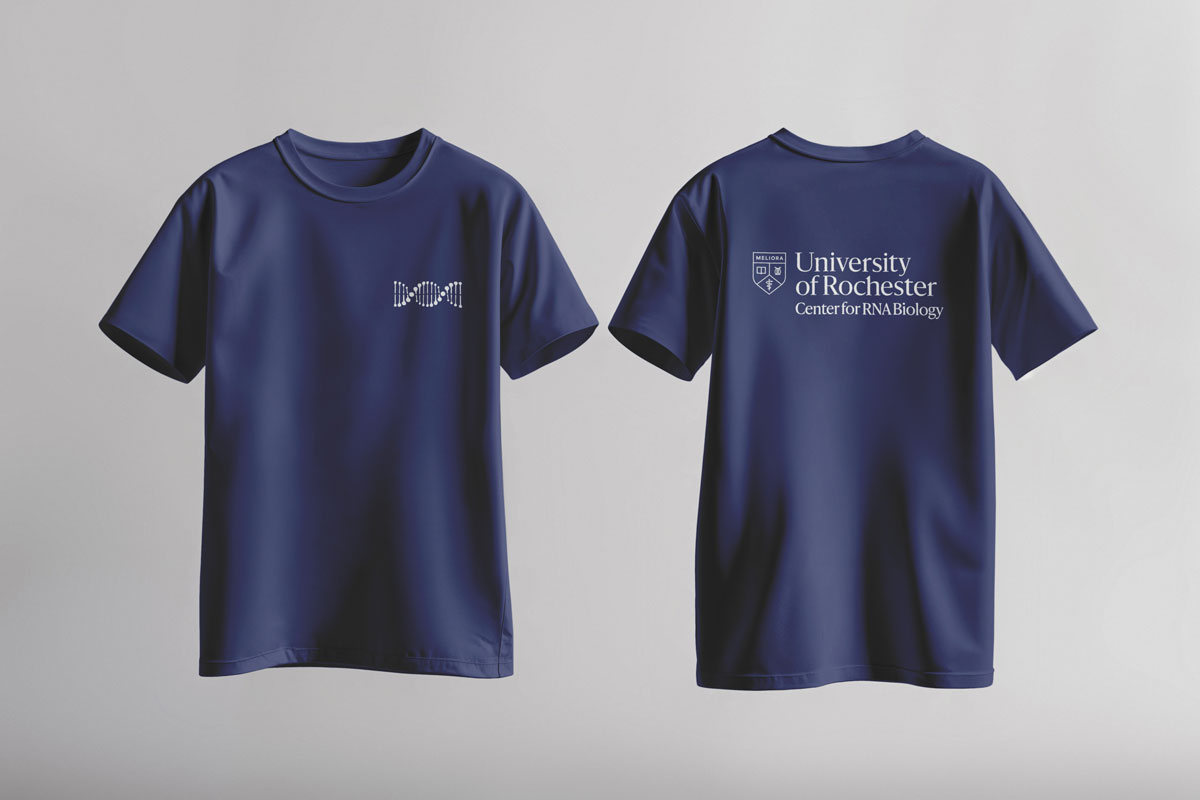Schools
Schools are the largest academic units within URochester and are defined as having an academic dean. This includes the River Campus Libraries, which functions as a school-level entity.
School logos are created as official lockups with the University logo. These lockups are reserved for formal, academic, and administrative uses such as admissions materials, accreditation, and divisional communications.
School logos are not independent brands and should never replace the University identity. Their purpose is to reinforce the One University strategy while allowing each school to highlight its distinctive contributions.






